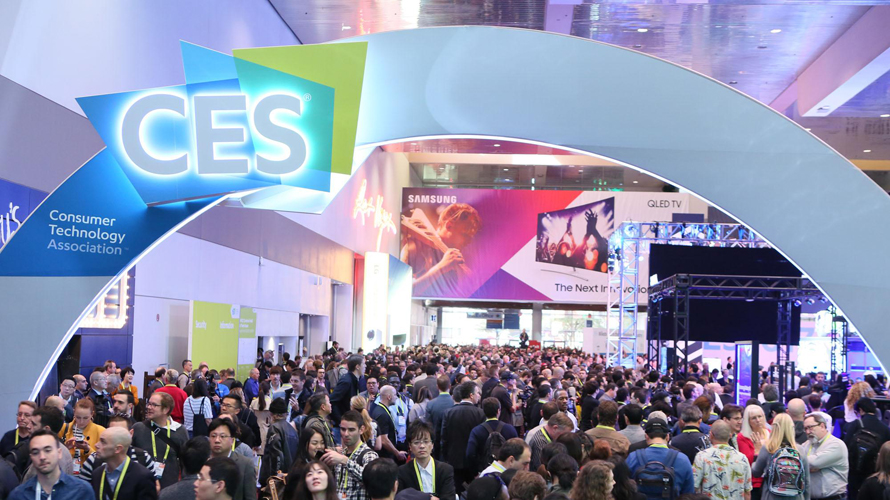Considered one of the world’s largest technology innovation shows, the Consumer Electronics Show was held from 5 to 7 January 2022 in Las Vegas. CES aims to highlight the latest tech trends. In the context of the ongoing pandemic, the show did not gather the usual large number of followers. However, the event was still able to gather over 40,000 people. In terms of cars and mobility, some striking, surprising or interesting innovations stood out. Let’s zoom in on a totally subjective selection of some of them.
The soft mobility solution from Bugatti
At CES, the temple of new technologies, Bugatti unveiled its new urban mobility project. An electric scooter. This two-wheeled machine is light years ahead of the brand’s usual products. In order to offer a more technical model than the average, the car manufacturer has collaborated with Bytech International. The scooter is designed to be aerodynamic and powerful. It reaches a speed of 30 km/h thanks to a 700 watt motor and has a range of 35 km. It is equipped with ABS and has three driving modes (economy, city and sport). Finally, there is an internal lighting system with a projection of the manufacturer’s famous logo on the ground. This is a major first for the luxury car brand, marking its arrival in electric mobility.
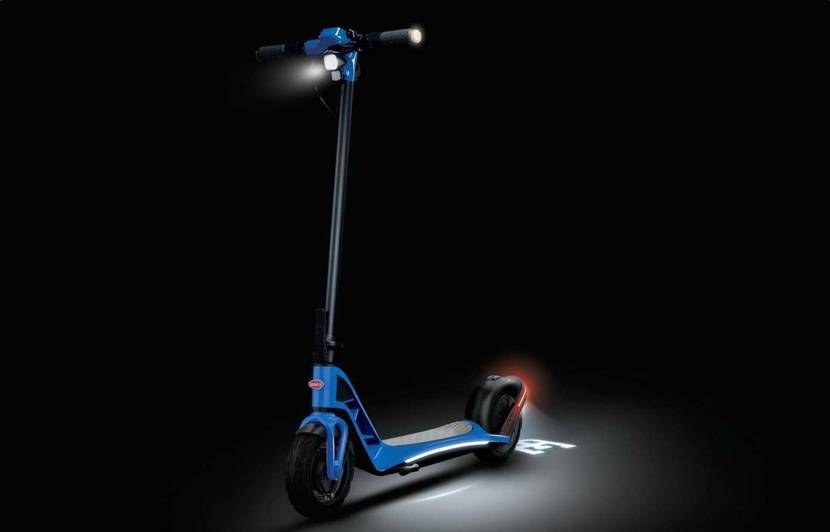
Sony’s 40-sensor car
Sony, better known for its TV sets and video game consoles, is unveiling its second electric vehicle concept at CES 2022. The Japanese group had already announced a first model at CES 2020, an initiative aimed at contributing to the evolution of mobility. The same year, Sony launched tests in Europe to demonstrate the concept in the real world. Finally, the electronics specialist began 5G driving tests in April 2021. However, the tech specialist has always claimed that it did not want to enter the automotive business. It is clear that it has reversed its decision. In particular, the group has announced the creation of a subsidiary called Sony Mobility in the spring of 2022 to explore this rapidly growing market.
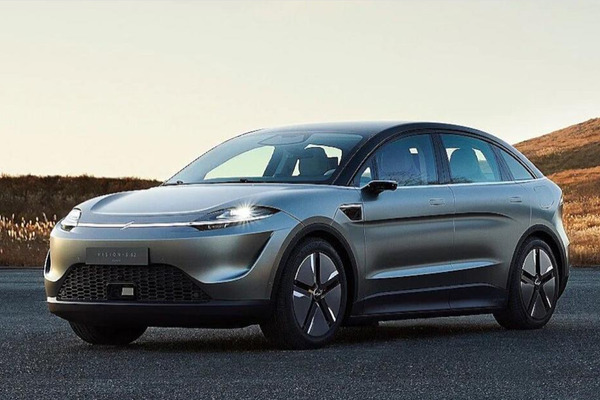
Sony’s new electric car is the SUV version of the Vision S, soberly named Vision-S 02. The Vision S has about 40 internal and external sensors installed all around the vehicle. These sensors include high-sensitivity, high-definition, wide dynamic range CMOS image sensors and LiDAR sensors that accurately detect three-dimensional space. This enables Sony to test its autonomous driving technologies. In addition, the system provides intuitive driver interaction in conjunction with the vehicle’s audio and HMI system, so that the driver can accurately assess the status of the surrounding environment, such as the presence of emergency vehicles, even from inside the vehicle. Sony aims to provide greater safety and comfort for all through its sensor and communication technologies. The electric vehicle sector may be small, but it is attracting a lot of interest and investment. General Motors plans to invest over $35 billion in electric and autonomous vehicles by 2025.
SkyDrive the future of mobility
Who hasn’t dreamed of owning a flying car? What if this dream became reality? SkyDrive, a Japanese technology company, presented its “flying taxi” at CES 2022. The model in question was named SD-03. It is an electric vehicle with vertical take-off and landing (eVTOL) that operates with 8 motors and two propellers. SkyDrive’s CEO says that this model is one of the most compact and lightest vehicles compared to its competitors’ models. It is 3.6 meters long, 3.10 meters wide and 1.1 meters high. Despite a range of only 10 minutes and a speed of 50 km/h, these vehicles will be sufficiently powerful to clear the congestion of large cities.
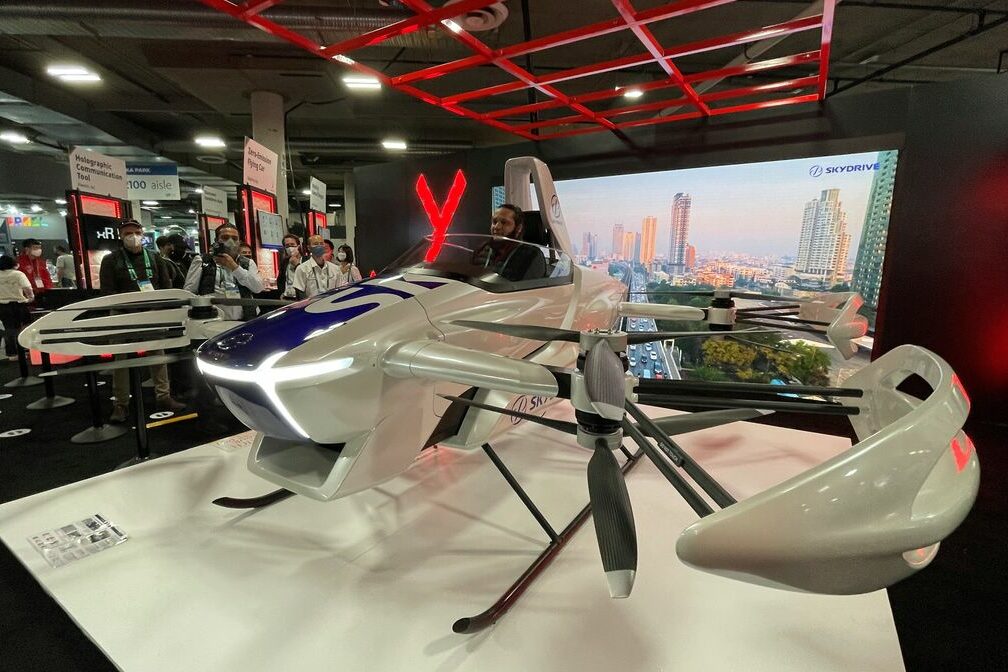
As the first flying car to be certified by the Japanese government, the SD-03 could well be the first autonomous flying vehicle on the road in the world. Moreover, the Toyota-backed Japanese company said it has already conducted a test flight with a pilot inside. Of course, the commercialization of vertical take-off and landing vehicles presents many challenges. These include air traffic control, battery size and other infrastructure uses. The next phase of development will see SkyDrive testing the SD-03 in an increasingly wide range of conditions. To be continued…
iX Flow, BMW’s chameleon car
A car that changes color? It seems that reality sometimes catches up with science fiction at the Consumer Electronic Show 2022. Indeed, the German car manufacturer caused quite a stir at the event with its so-called chameleon car. In collaboration with E-Link, a specialist in electronic ink, BMW is presenting a new car model capable of changing color. At the touch of a button, the SUV changes from black to white in just two seconds.
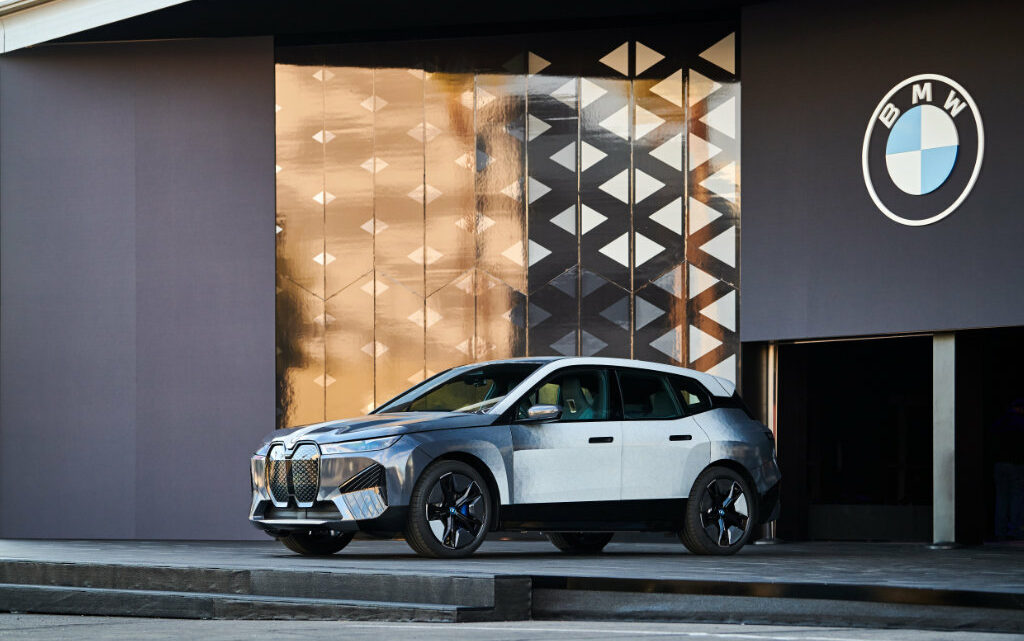
A rather futuristic show that won over the spectators. BMW’s iX Flow electric SUV is straight out of a science fiction film. It uses “electrophoretic” technology which, thanks to several million hair-sized micro-capsules, allows the car to change color. These capsules contain negatively charged white pigments and positively charged black pigments. So, depending on the setting, the driver can choose to display the white or black pigments on the surface or opt for a gradient of grey. This technological feat is not just aesthetic. According to the carmaker, the color changes could help to reduce over-consumption of air conditioning in the passenger compartment. The car manufacturer BMW is making a big splash at CES 2022!
Towards automated driving with Lidars
At CES 2022, Valeo will present its third generation LiDAR scanner to the public for the first time. This scanner will arrive on the market in 2024. Its primary mission is to increase safety on the roads. Thanks to its laser beams, the LiDAR scanner can see at a distance of more than 200 meters what the human eye, a camera or a radar cannot see. It can therefore identify everything on the road. It even assesses the density of raindrops and calculates the braking distance accordingly.
Furthermore, it uses algorithms to anticipate the trajectories of neighboring vehicles and trigger safety maneuvers if necessary. Its unique perception and understanding capabilities make it possible to delegate driving, even at speeds of up to 130 km/h on the freeway. In addition to the vehicles it will equip, Valeo’s third generation LiDAR will also alert other vehicles to hazards on the road so that everyone can benefit from its unique perception skills.
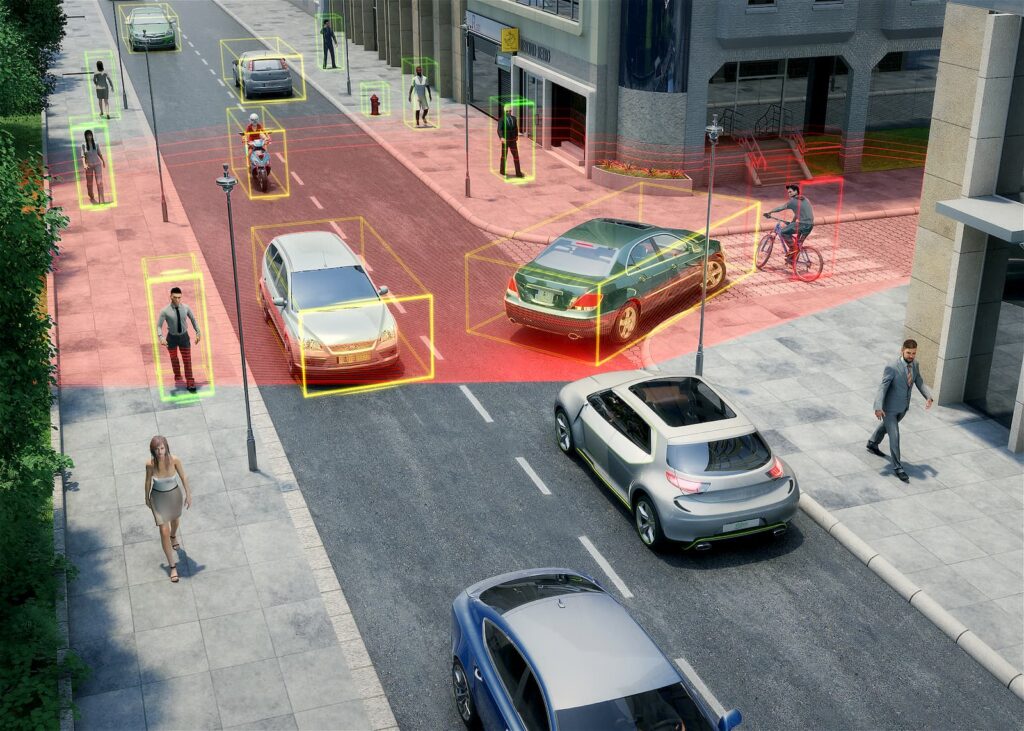
Also, to be discovered : MaaS 2022: 4 developments to integrate into your platform
